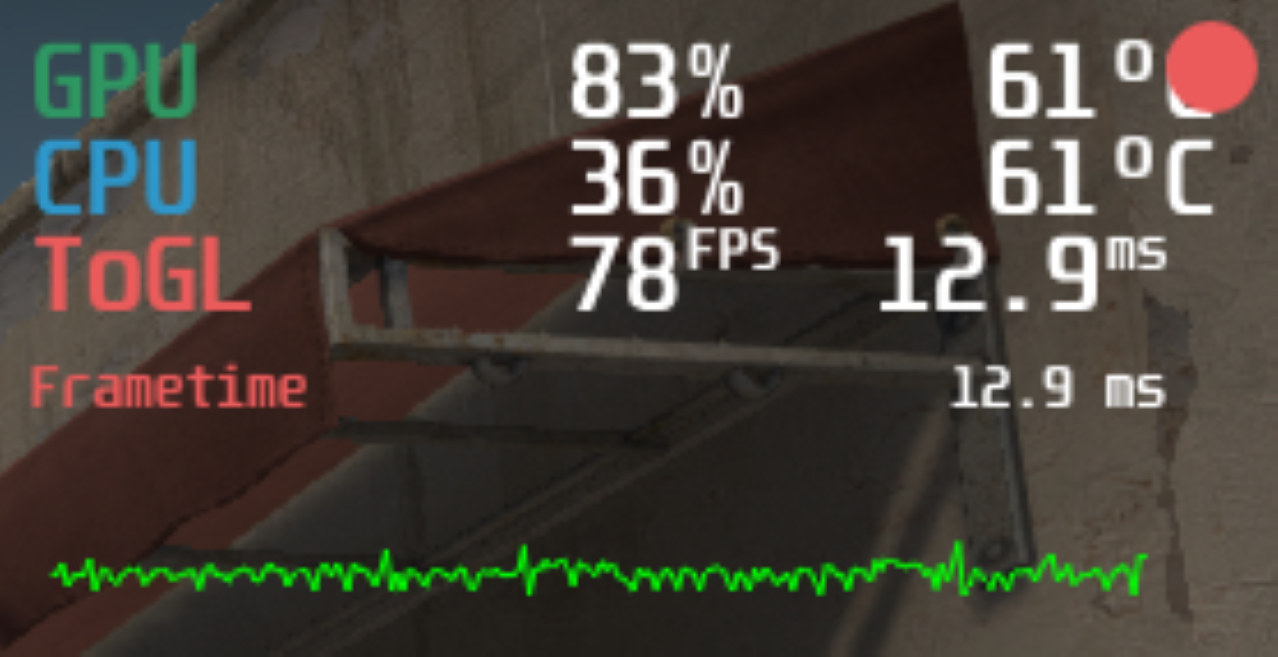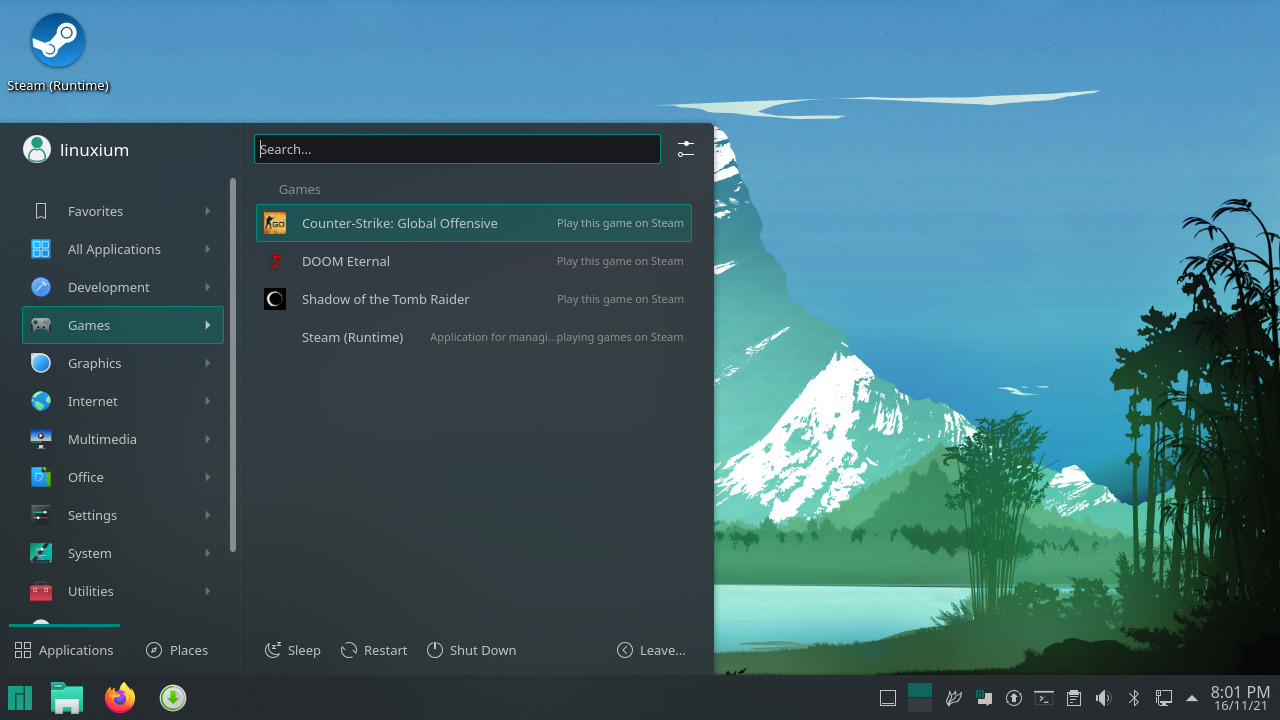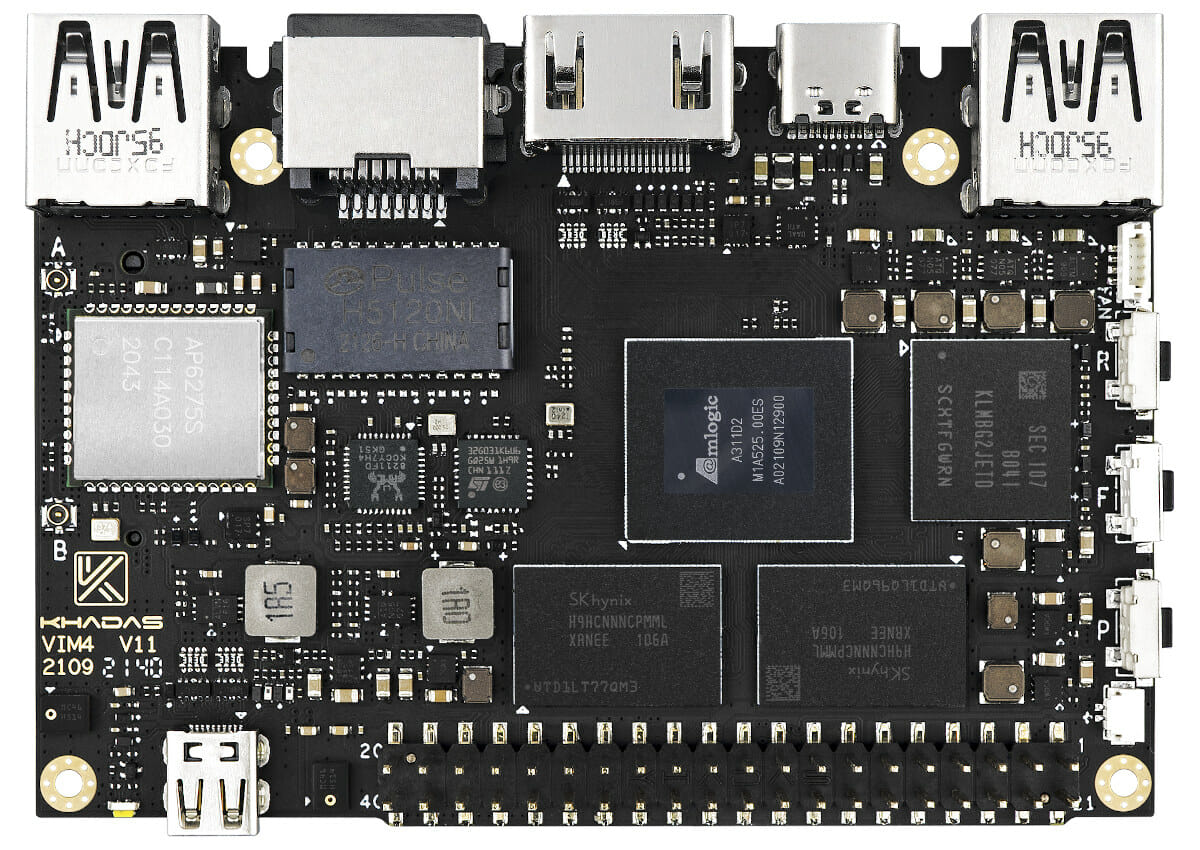Previously I followed Valve’s documentation to build a ‘hackendeck’ using a mini PC to emulate their highly anticipated Steam Deck. Interestingly the ‘hackendeck’ uses a Linux OS, specifically Manjaro, as whilst Valve based their earlier version of Steam OS on Debian, they have now switched to being based on Arch. If the ‘hackendeck’ had just been Steam on Windows then to review gaming performance I’d just use MSI Afterburner. Until now, however, for Linux, I’ve always had to estimate the average FPS as I’ve not been aware of a good reliable equivalent. Fortunately several ‘commenters’ recommended using MangoHud, a Linux open-source Vulkan/OpenGL overlay for monitoring FPS, CPU/GPU usage, and temperatures similar to MSI Afterburner. So now I’ve been able to capture the average frame rate for the games I previously tested and I’ll present them below. MangoHud Installation and configuration The installation of MangoHud was extremely simple. First I installed […]
Experiences of configuring and using a ‘hackendeck’ homemade Steam Deck
Valve recently released information about developing for the Steam Deck if you didn’t have a Dev-Kit which is an engineering verification test build (EV2) version of their device. Included in the documentation is a suggestion to build your own Steam Deck, or ‘hackendeck’ using a mini PC. Whilst I didn’t have the exact brand they picture in the article I did have a mini PC with the required specifications so I set about following the instructions to see how it performed. Hardware Overview Valve’s documentation under ‘Performance’ states that ‘if you are really interested in finding a PC for testing that will perform similarly to a Steam Deck … there are a few options out there and then goes on to suggest a mini PC with the following ‘roughly similar specifications to a Steam Deck’: AMD Ryzen 7 3750H Radeon RX Vega 10 Graphics 16GB of DDR4 RAM This exactly […]
Khadas VIM4 – An Amlogic A311D2 SBC with 8GB RAM, Wi-Fi 6, HDMI input & output
We’ve just written about the Amlogic A311D2 processor with some pretty interesting features, and Khadas VIM4 will be one of the first single board computers equipped with the latest octa-core processor, succeeding the company’s earlier Khadas VIM3 board powered by an Amlogic A311D hexa-core processor. Khadas VIM4 makes good use of the extra memory allowance with faster 8GB LPDDR4 RAM, and also offers 32GB eMMC flash, Gigabit Ethernet, WiFi 6, 4Kp60 HDMI input and output, independent USB 3.0, and PCIe (via M.2 socket) interfaces, and more. Khadas VIM4 specifications with bold highlights showing the differences with the VIM3 Pro model: SoC – Amlogic A311D2 octa-core processor with 4x Arm Cortex-A73 cores @ up to 2.2 GHz and 4x Cortex A53 cores @ up to 2.0 GHz, Arm Mali-G52 MP(8EE) GPU, NPU shown as TBD possibly due to license requirements System Memory- 8GB LPDDR4X @ 2112 MHz Storage – 32GB eMMC […]
PinePhone Pro Linux smartphone to feature a power-optimized Rockchip RK3399S processor
Pine64 has now announced the PinePhone Pro Linux smartphone with a Rockchip RK3399S hexa-core processor clocked at 1.5 GHz, that’s a power-optimized version of the popular Rockchip RK3399 processor. It will provide a noticeable upgrade to the PinePhone Linux smartphones launched in November 2019, which, by today’s standards, is quite underpowered. Besides the faster processor, PinePhone Pro also comes with 4GB RAM and 128 GB storage which should make it a better candidate at mobile desktop convergence, as well as a 5.95-inch display with 1440×720 resolution, a 13MP rear camera, a 5MP front-facing camera, and more. PinePhone Pro specifications: SoC – Rockchip RK3399S with an hexa-core processor comprised of 2x Cortex-A72 core @ up to 1.5 GHz, 4x Cortex-A53 cores, Arm Mali T860 quad-core GPU @ 500Mhz System Memory – 4GB LPDDR4 @ 800MHz Storage – 128GB eMMC flash storage, MicroSD slot Display – 5.95-inch 1440 x 720 in-cell IPS with […]
PinePhone Manjaro Community Edition Linux Phone Pre-orders to Start Mid-September
Pine64 is producing PinePhone Linux phone in batches and each time there’s a different Linux operating system. It started with the BraveHeart edition in November 2019 without any OS at all, following by the UBPorts community edition, then the PostMarkerOS community edition, and we should expect pre-orders for PinePhone Manjaro Community Edition to start mid-September 2020. Just like for the PostMarketOS edition, the new PinePhone Manjaro CE will be offered in two versions: $149 with 2GB RAM, 16GB eMMC flash $199 with 3GB RAM, 32GB eMMC flash and a USB-C dock for people wanting to connect the phone to a monitor and use it as an entry-level Linux PC The phone still has the same hardware with an Allwinner A64 quad-core Cortex-A53 processor, a 5.95-inch IPS display, rear & front-facing cameras, as well as 4G LTE, WiFi 4 and Bluetooth 4.0 connectivity. The additional USB-C dock that comes with the […]







